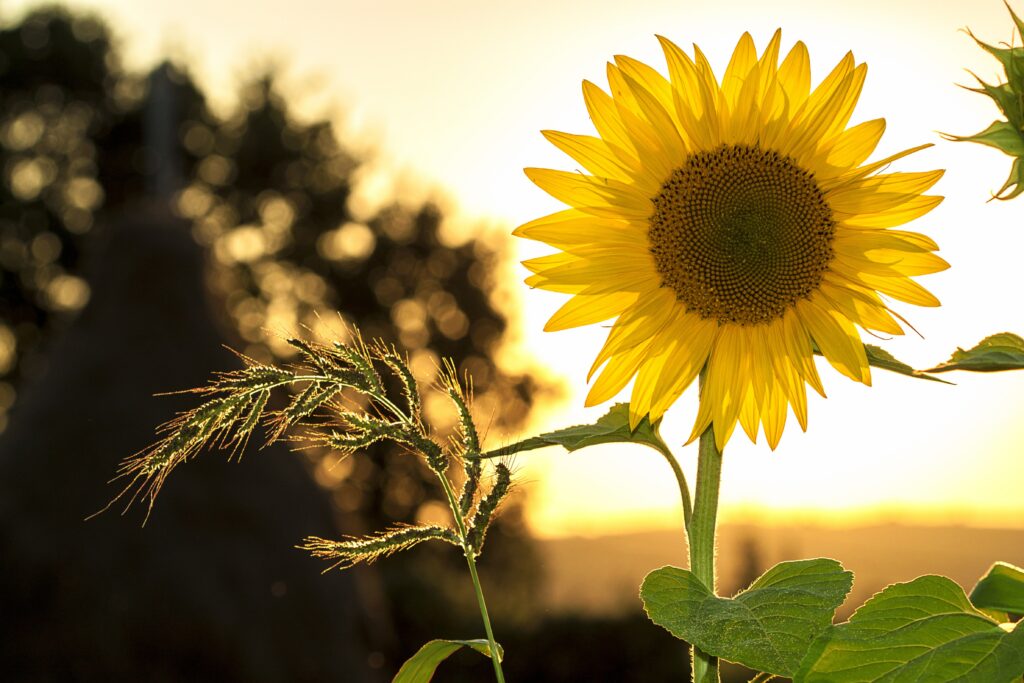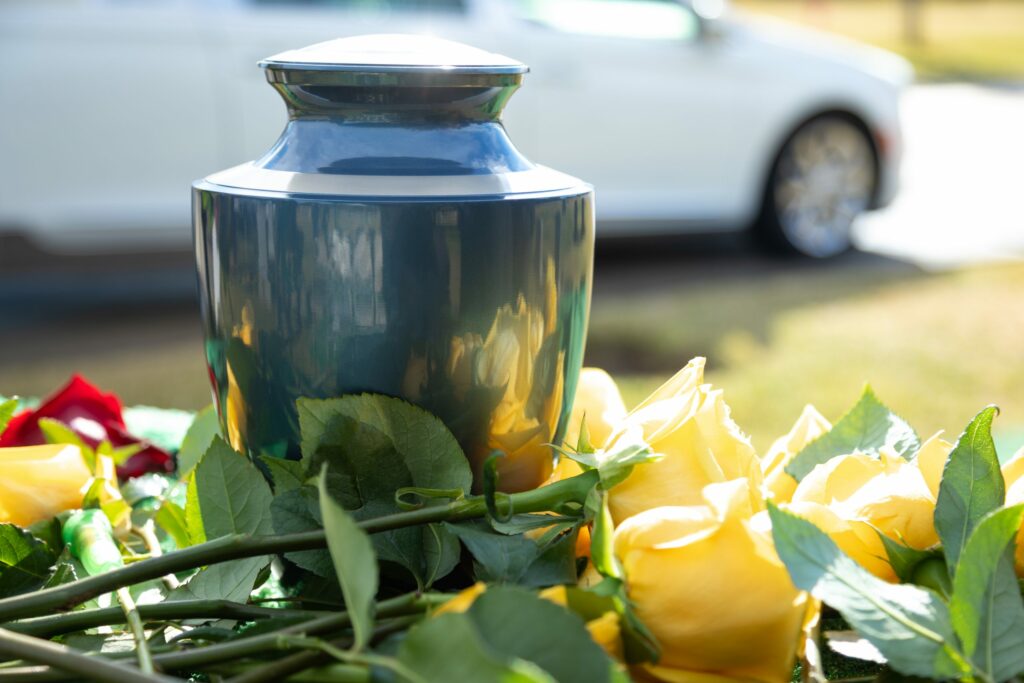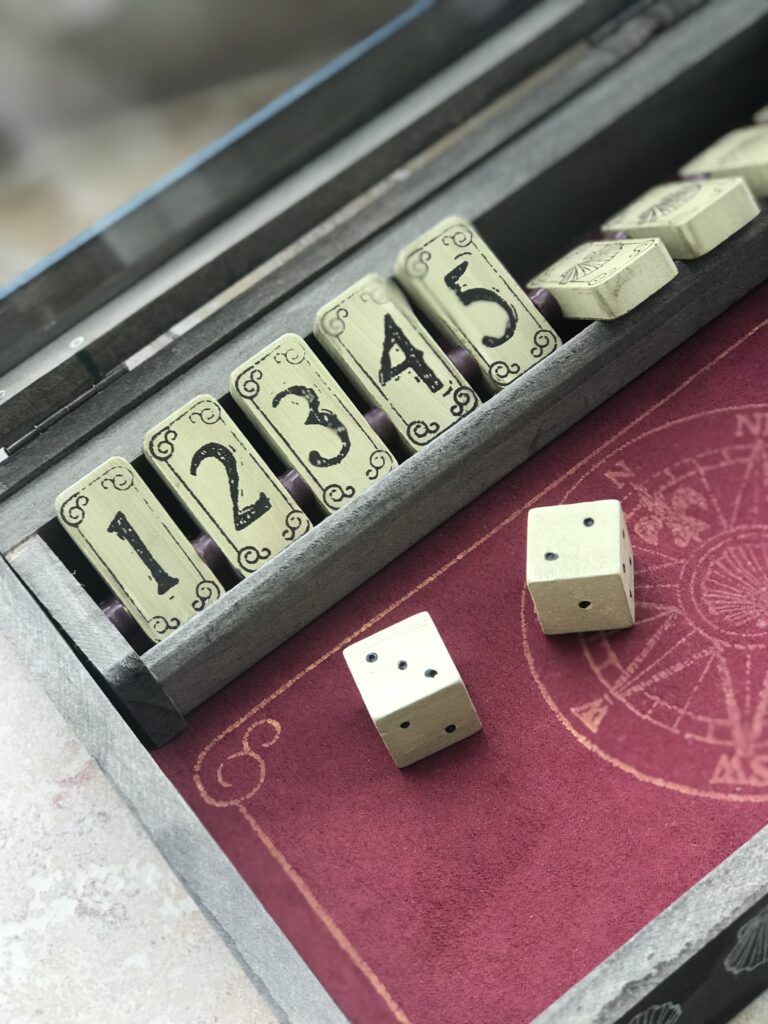Funeral resources & articles
Resource article categories:

Green Burial: An affordable and environmentally-friendly alternative death care option
How to Save Money on Funerals, Natural or Green Burial
April 22, 2025

What is the difference between a funeral service and a memorial service?
Ash Scattering, Cheap Cremation, Cheap Funerals, Memorialization Options
June 12, 2024
What do I do with the ashes after a direct cremation?
Ash Scattering, Cheap Cremation, How to Save Money on Funerals
January 29, 2024
Natural Death Care: the ‘do-it-yourself’ alternative
Cheap Funerals, Home Funeral Care, How to Save Money on Funerals, Memorialization Options
October 24, 2023
5 Funeral Trends that are changing death care traditions as we know them
Direct Cremation, Funeral Industry, Funeral Planning, Home Funeral Care
February 4, 2023